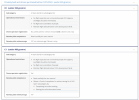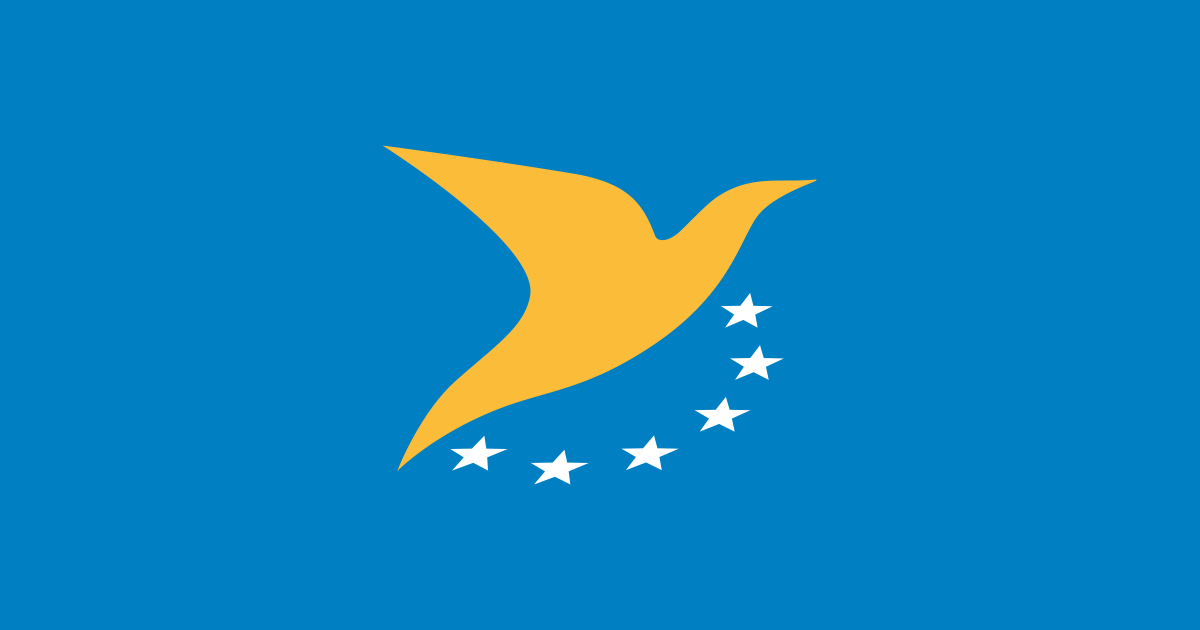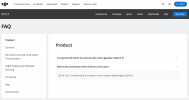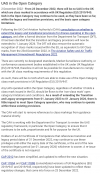Starting in 2024, the EU will restrict the types of drone flights unless you have a drone with a certified class label.
The lighter the drone, the fewer restrictions. For instance, drones under 250 grams can operate in the A1 Open Subcategory, the least restrictive. These drones can also get the C0 label.


 www.easa.europa.eu
www.easa.europa.eu
The next weight threshold is 900 grams or below, which also qualifies for A1 Subcategory.
So that means the Mavic 3, Mavic 3 Cine and the Mavic 3 Classic can get a C1 label for drones under 900 grams but the Mavic 3 Pro is over the limit at like 950 grams or something like that.
I have a Mavic 2 Pro and have been holding off on the upgrade until we saw a full array of which products would have a certified Class label.
Now that the Air 3 is out, that would also get a C1 label presumably, but as expected, it's missing features out of the box and the sensor is a downgrade compared to the previous top end Air model -- please don't derail this thread with talk about how the smaller sensor is "better" than the newest 1-inch sensor they could have used.
So do you think DJI or any other vendor has plans for more releases over the next 6-12 months or so, which would not only comply with C1 weight requirements but be worth considering compared to the M3 series (all except the Pro) and the Air 3? There's been some talk of the Air 3S or Air 3 Pro so maybe if they can release within a year from now, that might be a better option for those who want a C1 label drone.
The lighter the drone, the fewer restrictions. For instance, drones under 250 grams can operate in the A1 Open Subcategory, the least restrictive. These drones can also get the C0 label.


Open Category - Low Risk - Civil Drones | EASA
The ‘open’ category is the main reference for the majority of leisure drone activities and low-risk commercial activities. As a drone operator, remember to check if you need to register yourself. See the registration FAQ. The ‘open’ category is in turn subdivided in three sub-categories – A1...
The next weight threshold is 900 grams or below, which also qualifies for A1 Subcategory.
So that means the Mavic 3, Mavic 3 Cine and the Mavic 3 Classic can get a C1 label for drones under 900 grams but the Mavic 3 Pro is over the limit at like 950 grams or something like that.
I have a Mavic 2 Pro and have been holding off on the upgrade until we saw a full array of which products would have a certified Class label.
Now that the Air 3 is out, that would also get a C1 label presumably, but as expected, it's missing features out of the box and the sensor is a downgrade compared to the previous top end Air model -- please don't derail this thread with talk about how the smaller sensor is "better" than the newest 1-inch sensor they could have used.
So do you think DJI or any other vendor has plans for more releases over the next 6-12 months or so, which would not only comply with C1 weight requirements but be worth considering compared to the M3 series (all except the Pro) and the Air 3? There's been some talk of the Air 3S or Air 3 Pro so maybe if they can release within a year from now, that might be a better option for those who want a C1 label drone.













